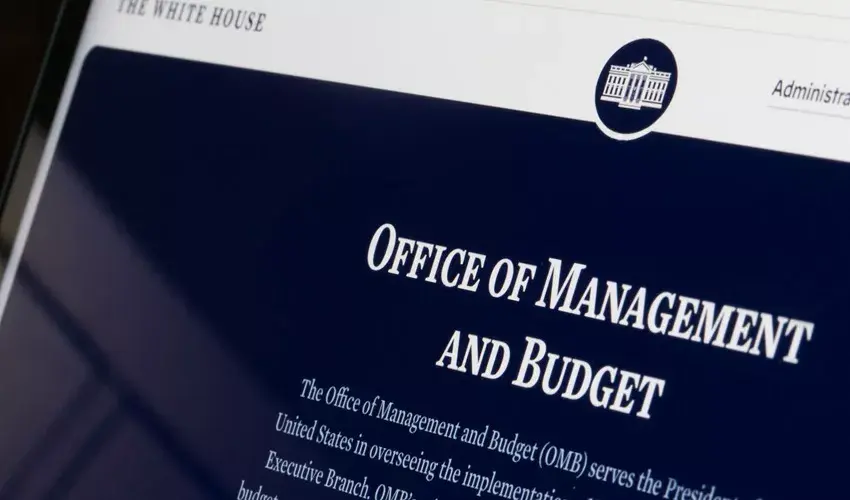IRS Issues Final Regs on Roth Mandatory Catch-ups for High Earners

The IRS has finalized regulations under SECURE 2.0 that will impact how certain participants save for retirement. Under this change, employees with prior-year FICA wages above $145,000 will no longer be able to make pre-tax catch-up contributions to their 401(k), 403(b), or 457(b) plans. Instead, those contributions will have to be made on a Roth, or after-tax, basis.
The rule takes effect in Jan. 1, 2026. According to the IRS, the regulations “generally apply to contributions in taxable years,” beginning in 2027. However, it also notes that “the final regulations also permit plans to implement the Roth catch-up requirement for taxable years beginning before 2027 using a reasonable, good faith interpretation of statutory provisions.” The administrative transition period (under Notice 2023-62), which generally ends on Dec. 31, 2025, remains unchanged by the final regulations.
Impacts on Late-career, Higher wage Savers
Catch-up contributions represent an important strategy for many workers in the final years leading up to retirement. Shifting these contributions to Roth may reduce immediate tax savings but can provide significant tax-free income later in life.
The Roth feature has become an attractive choice for participants of all ages: As of year-end 2024, 86% of Vanguard plans offered a Roth option, up from 74% in 2020. Among the largest plans, adoption was nearly universal at 95%, while participant utilization climbed to an all-time high of 18%. Nonetheless, higher-earning participants would benefit from evaluating how this shift impacts their contribution strategy and retirement tax profile.
Impacts for Plan Sponsors
To comply with the new rules and support employees through the shift, plan sponsors should focus on several key areas:
- Adding Roth Functionality. Plans that don’t currently offer Roth contributions will need to incorporate this feature to allow earners above the IRS threshold to make catch-up contributions. Sponsors should coordinate with their recordkeeper, TPA, advisor, and other service partners as needed.
- Payroll Coordination. Employers will need to track which participants exceed the FICA wage limit and ensure catch-up contributions from higher income workers are directed as Roth.
- Communication & Education. Sponsors should provide clear guidance and educational materials so affected participants understand the differences between Roth and pre-tax contributions, along with the potential implications for their retirement savings. Consider launching a Roth awareness education campaign to help inform employees.
- Individual Consultation. Promote one-on-one advisory sessions to help participants assess how mandatory Roth catch-ups affect their personal retirement strategy.
Participant Engagement Opportunity
The shift to Roth catch-ups for higher-wage earners also gives sponsors an additional touchpoint for participant engagement. Clear education around the tax treatment of contributions can encourage all employees to think more strategically about their retirement readiness. In doing so, sponsors can not only help build stronger participant trust but also reinforce the value of the organization’s retirement benefit.
Sources:
- https://www.irs.gov/newsroom/treasury-irs-issue-final-regulations-on-new-roth-catch-up-rule
- https://www.irs.gov/pub/irs-drop/n-23-62.pdf
- https://corporate.vanguard.com/content/dam/corp/research/pdf/how_america_saves_report_2025.pdf
- https://www.captrust.com/resources/irs-releases-secure-2-0-final-roth-catch-up-regulations/
________________________________________
Looking for more information?
Contact the RPAG Support Team at support@rpag.com to learn more about RPAG and get help with our platform, suite of services, next-gen technology, or anything else!


